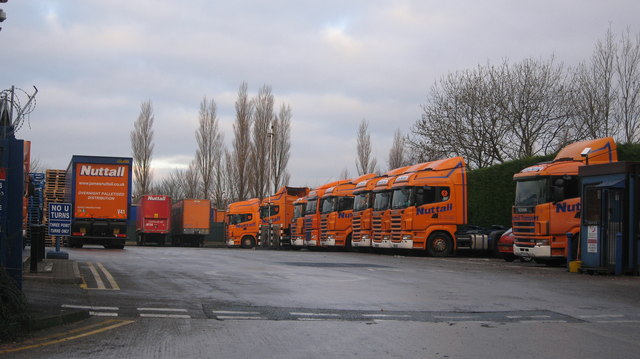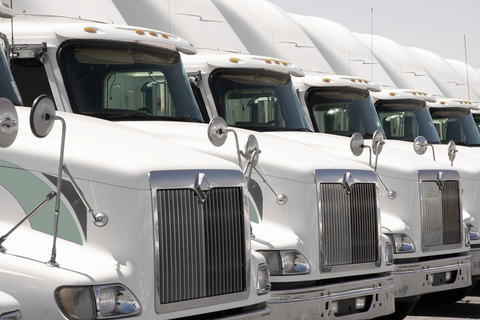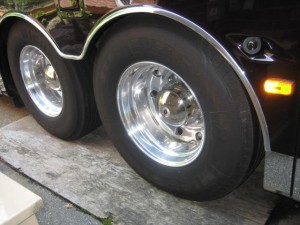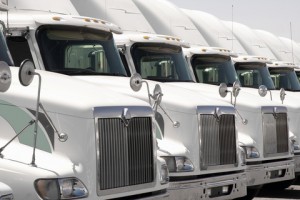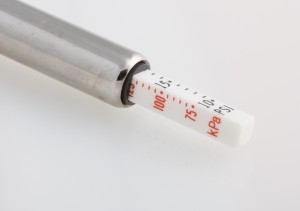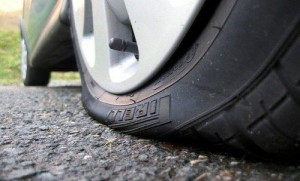 Going green and offering “sustainable” products and services is the cool thing to do, but the tough part is figuring out what ‘going green’ and ‘being sustainable’ actually means. It’s tough not only for consumers, but also for companies who are (or want) to be green and to reduce carbon emissions and all that good stuff, but aren’t sure how let customers know or prove what they are doing is actually great for the environment. The EcoLabel Index is just the place for that, a comprehensive site collecting data on ecolabels all around the world, increasing transparency and helping buyers and sellers use them more effectively. Use the index to learn what ecolabel means when it’s placed on a product or associated with a company, as well as learn which certifications and labels could fit your company and what it’s doing.
Going green and offering “sustainable” products and services is the cool thing to do, but the tough part is figuring out what ‘going green’ and ‘being sustainable’ actually means. It’s tough not only for consumers, but also for companies who are (or want) to be green and to reduce carbon emissions and all that good stuff, but aren’t sure how let customers know or prove what they are doing is actually great for the environment. The EcoLabel Index is just the place for that, a comprehensive site collecting data on ecolabels all around the world, increasing transparency and helping buyers and sellers use them more effectively. Use the index to learn what ecolabel means when it’s placed on a product or associated with a company, as well as learn which certifications and labels could fit your company and what it’s doing.
Below are a few certifications and ecolabels that would be of interest to managed fleets, transportation directors, and logistics companies that want proof and recognition for what they are doing to reduce environmental impact and to offset carbon emissions.
EPA Smartway
This certification identifies vehicles that reduce harmful emissions of carbon dioxide and air pollutants, improve fuel efficiency, and ensure a cleaner environment. It also comes with a Green Vehicle Guide to let consumers know which vehicles are the best when it comes to reducing air pollution and greenhouse gas emissions. The EPA Smartway is a good choice for managed fleets and transportation companies that want to use green vehicles and hybrid tires everyday, as well as implement tactics in other parts of the business to improve sustainability.
FedEx EarthSmart Solutions
The FedEx EarthSmart Solution is an internal company designation for any of their assets — including planes, trucks and facilities — that meet environmental sustainability criteria. To get it, you must meet your own sustainability standards (this means that your company must have sustainability standards) and you must exceed industry standards and practices. The goal here is to recognize those who are reducing emissions and improving energy efficiency. The FedEx EarthSmart Solution website offers a variety of ways for companies and managed fleets to achieve those goals.
Cleaner and Greener Certification
This is one of the few programs in the United States that emphasizes the reporting and offsetting of emissions by transportation fleets, although they do include buildings and other companies also. The Cleaner and Greener Certification consists of several levels, which depend on your level of carbon emission offsets and effort of environmental impact reduction. Associated with the Leonard Academy, they also offer training services for those who want to start an emissions inventory and want to know their exact environmental impact.
Overall, it’s very possible for managed fleets and others in transportation and logistics to learn what’s available in terms of going green, how to go green, and how to be recognized for that hard work and effort. Even though your customers are other businesses, certification and recognition can do a lot for branding and building trust with potential customers.
Fleets Can Definitely Do Something
Think managed fleets and the transportation industry can’t do much to go green? Think your customers don’t care whether or not your fleet or trucking company goes green or does something in sustainability? Then you’re thinking wrong! This myth is one of nine we bust in our latest white paper: 9 Debunked Myths on Nitrogen Tire Inflation. Click the link to download this white paper and to learn how nitrogen tire inflation can help your managed fleet.
Related Links:
Managed Fleets and Ending America’s Dependence on Foreign Oil
A Fourth Way the Trucking Industry Can Go Green
Managed Fleets Large and Small Improve Bottom Line with Nitrogen Tire Inflation

